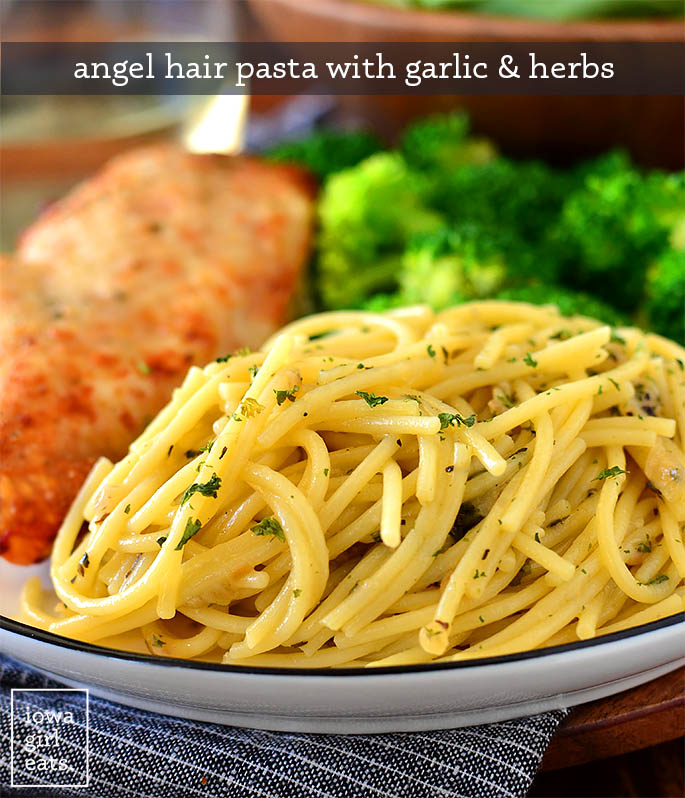Buffalo Chicken Wing Sauce: Recipe, History, and Pairing Ideas
Buffalo chicken wing sauce originated at the Anchor Bar in Buffalo, New York, in 1964. Teressa Bellissimo created the sauce, combining cayenne pepper hot sauce, butter, and other ingredients. This new style of serving chicken wings quickly gained popularity, leading to the term “Buffalo wings.” The sauce’s spicy, tangy, and buttery flavors captured the local culture’s culinary spirit, making Buffalo, NY, synonymous with this iconic dish.
Evolution of Recipes Over Time
Since its inception, buffalo chicken wing sauce has evolved, spawning numerous variations. Original recipes used basic ingredients—cayenne pepper hot sauce, butter, and vinegar. Modern adaptations include additional elements like honey for sweetness, garlic for depth, and even different hot sauce brands for unique flavor profiles. Some versions cater to dietary preferences, offering vegan alternatives using plant-based butter and hot sauce. This continuous evolution showcases the sauce’s versatility and enduring appeal.
Key Ingredients in Buffalo Chicken Wing Sauce
The Role of Cayenne Pepper
Cayenne pepper serves as the backbone of Buffalo chicken wing sauce. Authentic recipes use cayenne pepper hot sauce for its heat and robust flavor. One standard brand is Frank’s RedHot, known for its consistent spice level and tanginess. Cayenne peppers contain capsaicin, which provides the signature kick. This ingredient ensures the sauce’s distinct spicy profile that complements the savory wings.
Importance of Vinegar and Butter
Vinegar and butter balance each other in Buffalo chicken wing sauce. Vinegar adds acidity, which enhances the flavor and provides a tangy undertone. Distilled white vinegar is often used for its clear taste. Butter adds richness and a smooth texture, blending the hot sauce’s peppery heat with a creamy base. Combining these elements, typically in a 1:1 ratio, creates a harmonious sauce that coats wings without overwhelming the palate.
Constantly refining specific ratios and types of these ingredients can yield variations, allowing for a range of heat and flavor profiles.
Comparing Popular Buffalo Wing Sauce Brands
Taste and Spice Level Analysis
Taste and spice levels vary significantly among popular buffalo wing sauce brands. Anchor Bar Original Wing Sauce delivers a classic, medium-hot flavor with a balanced blend of cayenne pepper and buttery richness. Frank’s RedHot Original Cayenne Pepper Sauce, known for its tangy heat, provides a more acidic profile that many consider quintessential for buffalo wings.
Buffalo Wild Wings Mild Sauce offers a milder experience, combining medium heat with a hint of sweetness, appealing to those who prefer less intense flavors. For a spicier kick, consider Texas Pete Buffalo Wing Sauce which amplifies heat without sacrificing the peppery undertones.
When comparing these brands, each brings unique attributes:
- Anchor Bar: Balanced, medium heat.
- Frank’s RedHot: Tangy, higher acidity.
- Buffalo Wild Wings: Mild, slightly sweet.
- Texas Pete: Spicy, peppery.
Price and Availability
Price and availability can influence your choice of buffalo wing sauce. Anchor Bar Original Wing Sauce, often found online and in specialty stores, typically costs around $7-8 per bottle. Conversely, Frank’s RedHot Original Cayenne Pepper Sauce, widely available in most grocery stores, usually retails for about $3-4 per bottle.
Buffalo Wild Wings sauces are available both in restaurants and retail outlets, with prices ranging from $4-5 per bottle. Texas Pete Buffalo Wing Sauce, another widely distributed option, also falls within a similar price range of $3-4 per bottle.
Here’s a comparative overview:
| Brand | Price Range | Availability |
|---|---|---|
| Anchor Bar | $7-8 | Online, Specialty Stores |
| Frank’s RedHot | $3-4 | Grocery Stores, Online |
| Buffalo Wild Wings | $4-5 | Restaurants, Retail |
| Texas Pete | $3-4 | Grocery Stores |
This comparative analysis helps identify your ideal buffalo wing sauce based on taste, spice level, price, and accessibility.
Homemade vs. Store-Bought Sauces
Pros and Cons of DIY Sauce
Making your own Buffalo chicken wing sauce offers several benefits. Control over ingredients tops the list. You can adjust heat levels, sweetness, and acidity to suit your taste. Freshness is another advantage. You know exactly what goes into your sauce, avoiding preservatives and artificial ingredients.
However, there are downsides. Time and effort are required. Preparing a homemade sauce demands proper measurement and mixing. Inconsistency can also be an issue. Without a tested recipe, flavor and texture might vary each time you make it.
Tips for Making Buffalo Sauce at Home
Use high-quality ingredients for the best results. Opt for a robust cayenne pepper hot sauce like Frank’s RedHot as your base. Balance the heat with melted butter and a dash of vinegar. Consider adding garlic powder or honey for extra depth.
Consistency matters. Simmer the sauce to meld flavors. Keep stirring to ensure even distribution of ingredients. Store leftovers in an airtight container in the refrigerator for up to a week. Reheat gently to avoid separation.
How to Pair Buffalo Chicken Wing Sauce
Best Foods to Complement the Sauce
Buffalo chicken wing sauce pairs excellently with a variety of foods. Consider these options:
- Vegetables: Celery sticks, carrot sticks, and bell pepper slices. These provide crunch and help balance the sauce’s heat.
- Dairy Products: Blue cheese dressing, ranch dressing, or mozzarella sticks. The creamy textures complement the spicy, tangy flavors.
- Grains: Mac and cheese, rice bowls, or couscous. These neutral grains absorb the sauce well, creating a balanced dish.
- Protein: Grilled chicken, turkey burgers, or shrimp. These proteins work well with the sauce’s bold taste.
- Bread: Garlic bread, sandwiches, or sliders. These options incorporate the sauce into various meal types.
Creative Ways to Use the Sauce in Recipes
You can use buffalo chicken wing sauce creatively in many recipes:
- Buffalo Chicken Pizza: Spread the sauce as the base, add shredded chicken, mozzarella, and blue cheese crumbles for a spicy twist.
- Buffalo Cauliflower Bites: Toss roasted cauliflower in the sauce for a vegetarian option.
- Buffalo Chicken Dip: Combine shredded chicken, cream cheese, ranch dressing, and cheese, then bake until bubbly.
- Buffalo Rice Bowls: Drizzle over chicken, rice, and veggies to create a delicious and balanced meal.
- Buffalo Stuffed Peppers: Fill bell peppers with a mixture of ground meat, rice, and sauce, then bake.
Using these pairing suggestions, you can explore various ways to enjoy buffalo chicken wing sauce in meals, enhancing flavor combinations.
Conclusion
Buffalo chicken wing sauce isn’t just a condiment; it’s a culinary experience with deep roots and endless possibilities. Whether you prefer store-bought brands or enjoy crafting your own at home, the right balance of spice and tang can elevate any meal. Experiment with different pairings and recipes to discover new favorites. This versatile sauce can transform everyday dishes into something extraordinary, making it a staple in any kitchen. Embrace the bold flavors and get creative with how you incorporate buffalo chicken wing sauce into your cooking.






